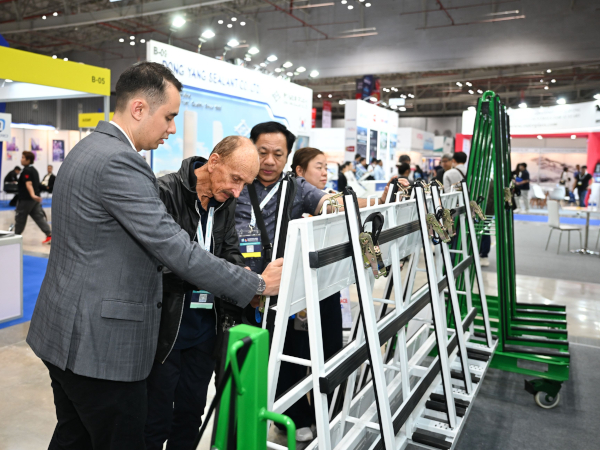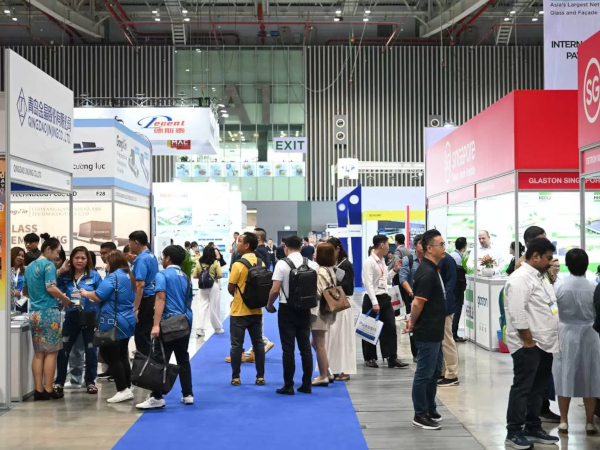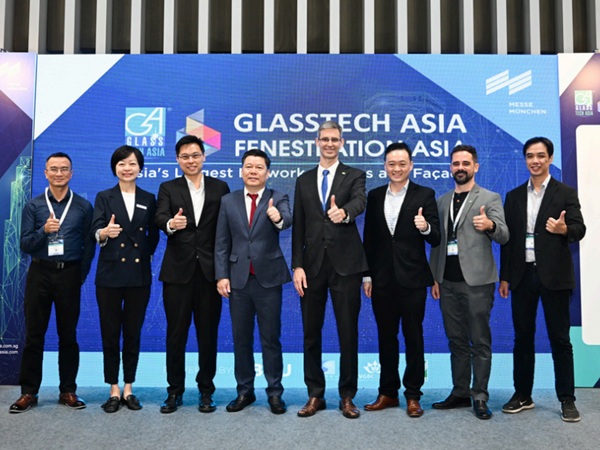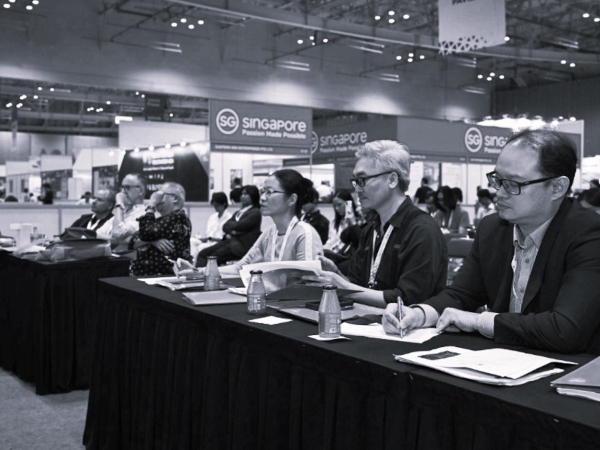Date: 30 June 2009
Christman, federal Secretary of Labor Hilda L. Solis and Ohio Governor Ted Strickland viewed a variety of Glasstech’s high-tech bending and tempering systems in operation at the company’s research and development facility.
The pair of government leaders listened attentively as Christman explained Glasstech’s recent move to develop systems specifically for the burgeoning solar energy market. These systems are based on Glasstech’s production-proven automotive and architectural bending and tempering technologies.
“The visit focused national attention on Glasstech,” Christman said. “It also gave us the opportunity to discuss with Governor Strickland Glasstech’s application for funding to enable us to produce systems for demonstration purposes here in our Perrysburg facility.
“The governor was attentive and indicated he would support our application.”
The Toledo Blade wrote the following about the governor’s reaction: “Mr. Strickland said an operation like Glasstech is ‘exactly the kind of cutting-edge, innovative company that we believe is going to be a part of Ohio’s economic recovery.’ ”
National media also reported Secretary Solis’ announcement, made at Glasstech, that the federal government was making available an additional $88.2 million dollars in stimulus funds to help retrain and provide expanded unemployment assistance to Ohio workers.
Perrysburg is located in Northwest Ohio. The area’s economy is tied closely to the hard-hit American auto industry.
In 2008, Glasstech formed a new business unit to formalize its ongoing activities to meet the solar energy industry’s demand for flat and bent glass substrates. The firm’s systems are the ideal technologies for the fabrication of bent glass substrates for concentrated solar power products (CSP) and extremely flat panels for photovoltaics (PV).
According to Christman, “Just like in the automotive industry, the glass substrates used in solar energy are sophisticated and require repeatability, tight specifications, innovation and cost effectiveness.”
Solar-energy versions of five Glasstech systems are ideal for use in the expanding sustainable-energy market.
Glasstech’s Solar Cylindrical Radius Bender (CRB-S™) is a breakthrough technology for precise, high-volume processing of tempered and heat-strengthened, parabolic trough reflector glass shapes for concentrating solar power. The system processes glass from 1.6mm up to 5.0mm into specified shapes without dedicated tooling. Shape changes take minutes and energy savings are significant, since no molds are heated.
The Solar External Press Bender System (EPB-S™) for tempering and heat-strengthening produces high-quality, economical, accurate bent parts with minimum tooling and fast cycle times. The EPB-S is ideal for high-volume spherical and parabolic shapes.
The Solar Advanced Deep Bend and Tempering System (DB 4-S™) for tempering and heat-strengthening produces complex parts for dish segments and smaller, high-volume spherical and parabolic solar collector deep-bend shapes.
The Solar Electric Radiant Heater Flat Glass Tempering System (ERH-S™) is a continuous, flat glass tempering system for fabricating glass specified for silicon wafer-based photovoltaic panels or thin-film photovoltaic solar panels. The system is ideal for heat treating high light transmission (low-iron) smooth or textured glass cover plates and rigid glass back plates for PV panels.
The Solar Forced Convection Heater Flat Glass Tempering System (FCH-S™) is Glasstech’s gas-fired convection heater system alternative. The FCH-S also is a continuous, flat-tempering system. It normally requires less floor space and potentially can offer significant energy savings compared to an electrically heated system.
Both the ERH-S and the FCH-S are PV-targeted systems which offer high productivity at the tight tolerances desired by the solar industry.







Add new comment